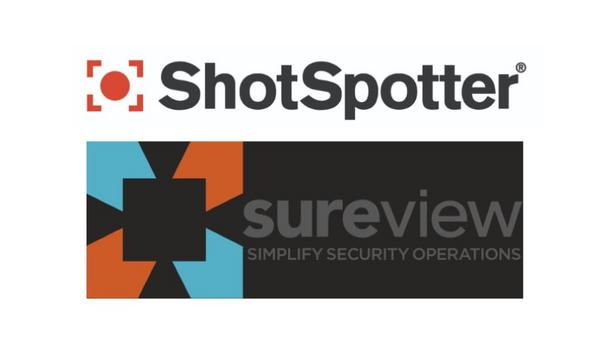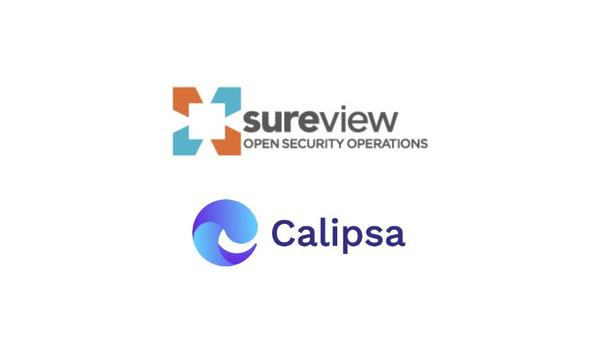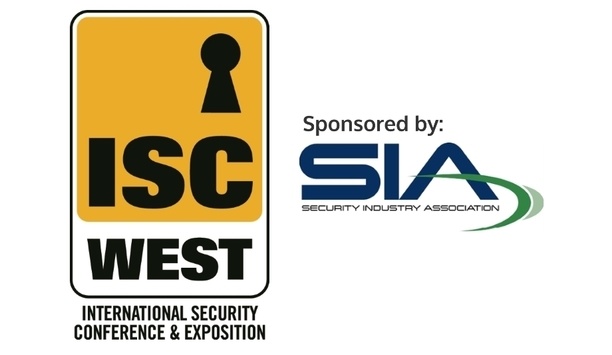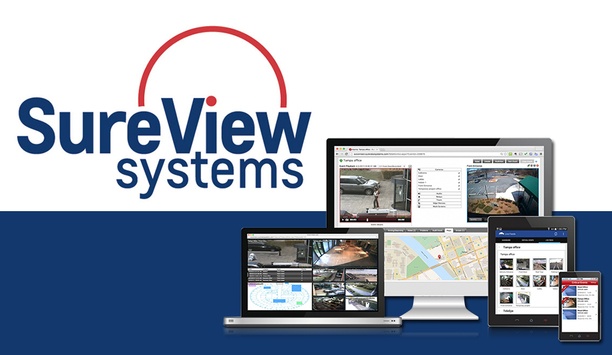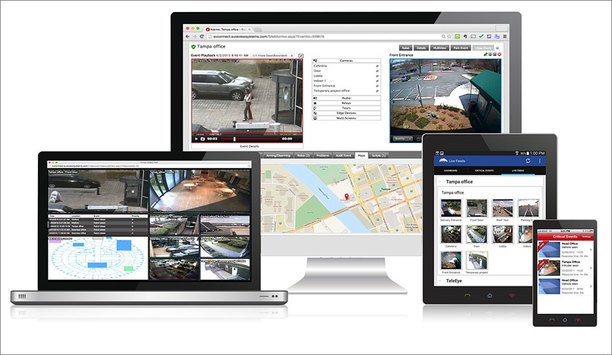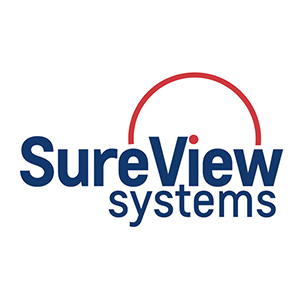Simon Morgan

Simon Morgan
Chief Product Officer, SureView SystemsSimon Morgan is Chief Product Officer at Tampa, Florida-based SureView Systems, a provider of next-generation PSIM platforms.
Round table contributions
Digital video systems are driven by software, whether it’s in the cloud, installed on an off-the-shelf server, contained inside a dedicated appliance, or even inside the camera at the edge. Like...
Body-worn cameras are becoming more common every day, driven both by needs of the marketplace and technology developments. However, questions remain about the usefulness of the devices, and their futu...
In recent years, information technology (IT) departments at end user companies have often been seen as adversaries of traditional security departments – or, at least, as a thorn in their side. O...
We have been hearing about smart buildings for more than a decade, but the increasing profile of the Internet of Things (IoT) expands the possibilities for intelligent building systems and makes them...
Even the most effective technologies usually require some level of human involvement. What new technologies do, generally speaking, is change the nature of a human’s role. Most jobs in today&rsq...
Big data is a buzzword, and data – presumably of all sizes – is a driving force in the physical security market. As systems become more sophisticated and expand their capabilities, the res...
Articles by Simon Morgan
PSIMs have had a bad rap in the pro security industry for a multitude of reasons; ranging from suppliers overpromising on integration and control capabilities to complexity of implementation and use....
News mentions
SureView Systems, the globally renowned open response platform provider for security operations teams and ShotSpotter, a global company in precision policing technology solutions that enable law enfor...
SureView Systems, the globally renowned open response platform provider for running security operations and Calipsa, a market-renowned provider of deep-learning powered video analytics for false alarm...
Digital video systems are driven by software, whether it’s in the cloud, installed on an off-the-shelf server, contained inside a dedicated appliance, or even inside the camera at the edge. Like...
In today’s highly interactive and interconnected world, cybersecurity is not restricted to the IT department – it threatens and affects every connected device in every department. As conne...
SureView Systems, a global provider of command center solutions, is introducing their new mapping solution for the company’s Immix Command Center (CC) Physical Security Information Management (P...
SureView Systems’ Immix CC integrates diverse security systems on a unified platform SureView Systems, a global provider of command centre solutions, is showcasing the innovat...








